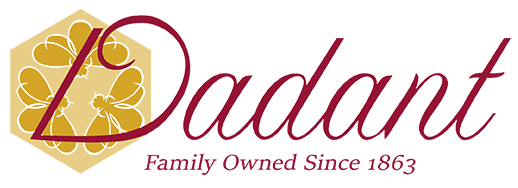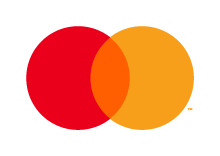Bottom Boards (10-Frame)
Types of Bottom Boards
The bottom board of a beehive serves as the floor of the hive and sits between the hive stand and the brood box. It provides an entrance and exit for the honey bees, and can easily be made bigger or smaller for warmer or cooler weather, respectively.
This base also serves as a closer to the bottom of the hive to protect the honey bees, and the contents inside the hive from larger predators like mice, opossums, and shrews. Bottom boards are often constructed entirely of wood. Keep it off the ground for proper moisture control.
There are two options for bottom boards: solid or screened. Both are available for 8-frame and 10-frame hives.
In a Langstroth hive, you can swap out the bottom board at any time, even when you have an active colony.
If you use top bar hives, a solid bottom board is commonly used, unless you live in a hot and humid climate. Keep in mind that bottom boards cannot be switched out if there is an active colony already in top bar hives.
Solid vs. Screened Bottom Boards
There are three factors to take into account when choosing between a solid and a screened bottom board: climate, season, and pest management.
Climate
Your choice will be heavily dependent on your local climate. A screened bottom board would be beneficial in hot and humid temperatures because it provides additional hive ventilation.
However, too much ventilation in a hive may require bees to work harder to keep their hive warm, depending on the climate. The scent of pheromones may escape through the screens, which disrupts bees’ communication.
If you live in a cool, wet climate, a solid bottom board would be more beneficial. These boards are also more similar to natural hives. However, in a hot and humid climate, ventilation is restricted, and bees will have to spend more time and energy cooling down the hive.
Season
Often, beekeepers have both boards on hand, a solid bottom board for overwintering preparation and a screened bottom board for the other three seasons. If you live in a temperate climate, it may be handy to keep both on hand.
Pest Management
Screened bottom boards have become popular in the past few years because they can be used as a natural way to control small hive beetles and Varroa mite populations.
As pests fall through the screen, they will be caught by a sticky substance that will trap them on the bottom board. With this, beekeepers can monitor the density of pest populations.
The Dadant Screen IPM Board has an additional removable monitoring screen for checking Varroa mite levels. This board is also available for 8-frame hives.
Keep in mind that screened bottom boards are only a monitoring tool, and they do not treat Varroa infestations. Learn about different methods to treat infestations and take a look at different pest control treatments.
The Bottom Line
If your issues are pest control and hot and humid weather or climate, a screened bottom board may be your best option. However, if you live in a cold and wet climate, a solid bottom board may be your best option.
If you live in a temperate climate where winters are cold but summers are hot, it may be helpful to keep a screened board for warm weather and a solid board for the cold months. Because beekeeping practices are heavily dependent on your local climate, we also recommend talking to local beekeeping groups to figure out what works best.
No matter what bottom board you choose, bees are naturally adaptive and will work to keep the colony alive.


![[13" Version] 10-Frame Moisture Box Handle Replacement Assembly](https://www.dadant.com/catalog/media/catalog/product/cache/61da60bd5ee8ab16f86f3b06568ed40e/m/6/m60060-01-handlereplacementassembly-10-frame-for-moisturehive-web.jpg)



![[16¼" Version] 10-Frame Moisture Box Handle Replacement Assembly](https://www.dadant.com/catalog/media/catalog/product/cache/61da60bd5ee8ab16f86f3b06568ed40e/m/6/m60060-01r-moisture-box-handle-3_web.jpg)




